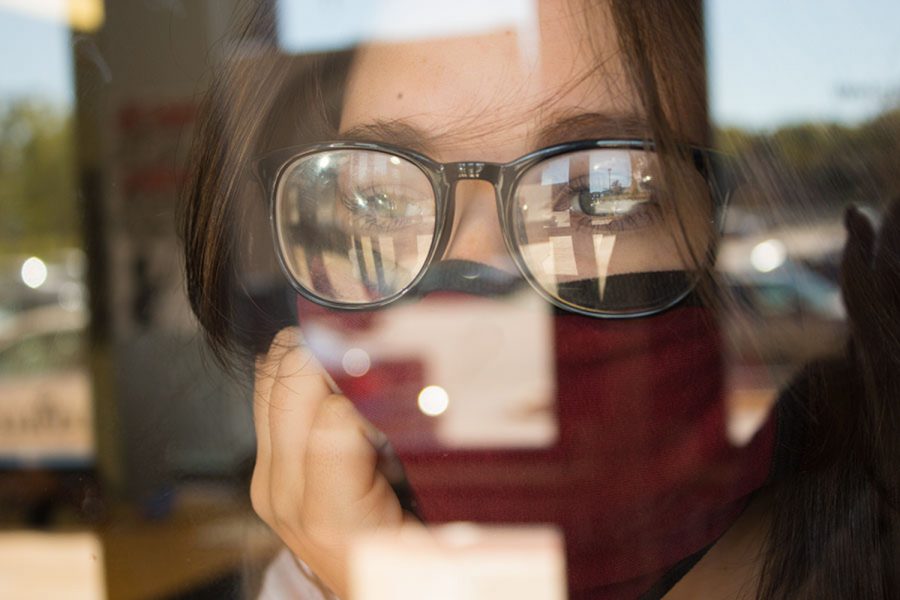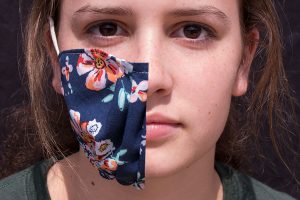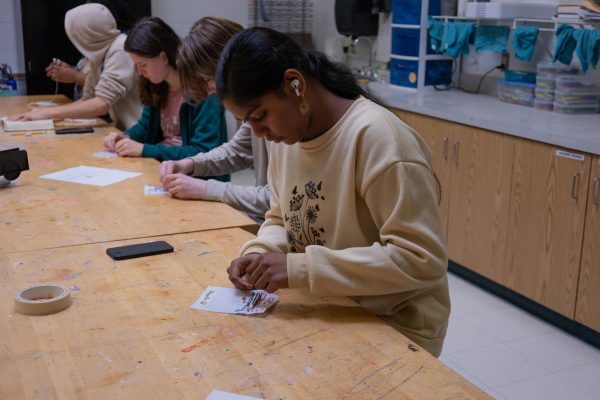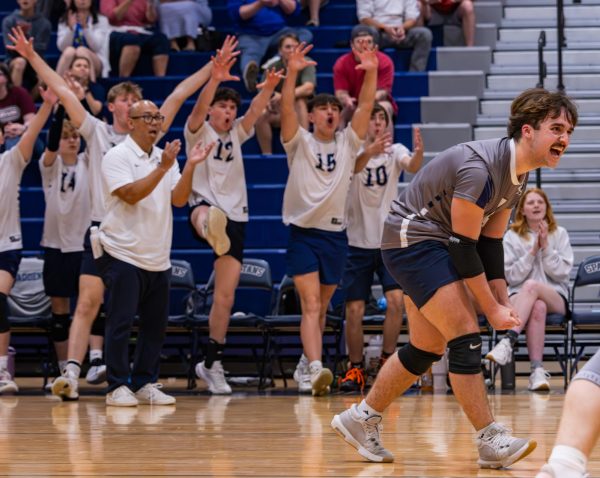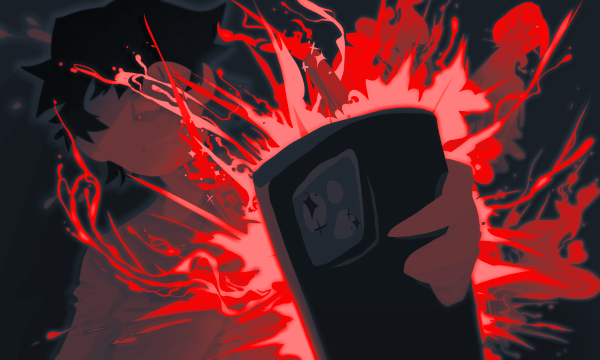If It’s Broke, Don’t Break it More
Our current contact tracing system has its flaws, but the new proposed system is significantly worse
Students stay in school and receive a normal education, but at what costs? Masks save lives just as much as quarantining does.
Let’s say, hypothetically, there was a virus spreading across the world killing over 200,000 Americans with no end in sight. Hypothetically speaking, it would be safe to assume that precautions would be taken to keep people safe. Maybe they would enact rules to force people to wear masks in high populated areas or develop quarantine procedures for affected individuals and everyone around them. But they would never take away these rules and procedures until the virus was gone or a vaccine was made, right?
It seems like the craziest hypothetical scenario you’ve ever heard of, but it’s happening before our own eyes. Yes, schools have masks mandates and contact tracing, but cases are still rising; people are still dying.
According to the Missouri governor’s website, on Nov. 12, Governor Mike Parson announced in coordination with the Department of Health and the Department of Elementary and Secondary Education that there would be “modifications to Missouri’s K-12 school reopening and operating guidance.” After reading into these modifications, it is evident that they are actually radical changes to the poor system already in place.
Allow me to explain. As of today, our school (and several others) use contact tracing to quarantine students who have been in close contact with individuals who have tested positive. This system does have its flaws. For me, that flaw was my sister still being able to attend school despite my being quarantined. If I am being quarantined because I am at risk of having COVID-19, why is my sister, someone I interact with every day, still able to attend? But looking past this flaw, there is still no way that contact tracing can be flawless. The school knows who you sit next to during classes and at lunch, but do they know who drives you to school? Who you spent the night out with?
Our current system is flawed, but there isn’t much of a better system that could be put in place. It requires the moral responsibility of others to acknowledge their contact with a positive individual and assess whether or not they deem themselves as a risk to others.
Governor Parson and the departments he worked with basically came to the conclusion that they were going to make this system even more flawed. They state that if you and the person who tests positive are properly wearing masks during school, then you will not need to be quarantined unless you start to show symptoms.
This is a relief to some, at first. It is nice to know that you won’t have to quarantine and possibly hinder your academic performance via virtual learning. But soon, the relief will fade and fear will set in. Our current system is still showing a rise in COVID-19 cases in St. Charles County. This new system would only increase that rise.
“We have been working hard with DESE and DHSS to find a solution that allows us to continue providing the high-quality education our students deserve while still keeping them, our teachers, and all school staff members safe,” Governor Parson said.
But is it keeping everyone safe? There are incidences where students who have been quarantined ended up testing positive and believed that they got the virus from a student at school. Under this new legislation, that student would not be quarantined in time and would only put others at risk.
It is unfortunate. I have now been quarantined twice and tested negative both times. But what if I hadn’t? The virus works in mysterious ways. In fact, the second time I got quarantined, both students to my left and right tested positive, but I didn’t. There is so much we don’t know about how the virus works, and for example, why I didn’t test positive.
Therefore, there is too much we don’t know to change the system we have in place until there is better science. The CDC guidelines are the closest thing we have knowledge about how to prevent the spread of COVID-19. They state that if you have close contact with someone who tested positive, you should quarantine for 14 days. Governor Parson is redefining what close contact means in a way that can only result in a rise of cases.
Dr. Nathan Hoven, superintendent of FHSD, released a letter on Nov. 18 addressing these changes. In this letter, it is made clear that the final authority on the contact tracing rules falls in the hands of the health department, not the District or the Governor.
“The health department had not released any changes in quarantine rules, so we will continue to operate under the current procedures,” Dr. Hoven said in the virtual letter.
So, Dear Health Department, if you have any concern for the lives of students and their parents or care about attempting to finish the school year in person before there are too many cases to continue, you will NOT follow Gov. Parson’s modifications that will only hinder all of the above. If you decided to change anything, maybe it should be how students learn virtually while they are quarantined. If we make sure that every student is getting what they need and learning what they should, there would be no issue quarantining students to protect the health of them and others. And Dr. Hoven, I hope you and other Superintendents have expressed how important it is to put safety as the single most important priority after meeting with the officials from the St. Charles Health Department.
At some point, we have to look past the need for students to learn in the perfect setting and adapt to students learning in the world we are experiencing right now. For the sake of our lives, we have to.
Your donation will support the student journalists of Francis Howell Central High School. Your contribution will allow us to purchase equipment and cover our annual website hosting costs. FHCToday.com and our subsequent publications are dedicated to the students by the students. We hope you consider donating to allow us to continue our mission of a connected and well-informed student body.



